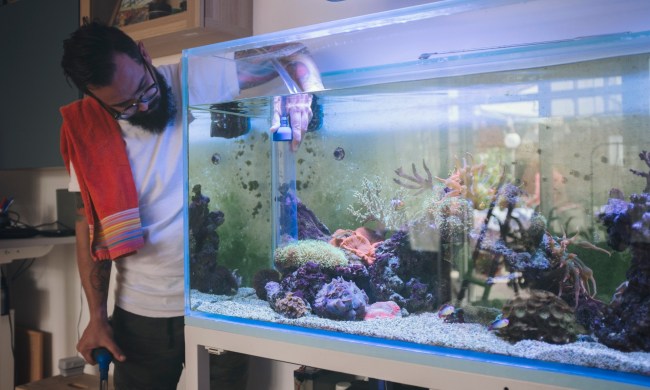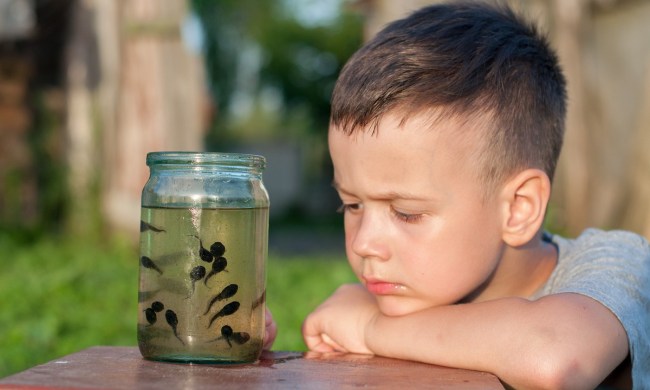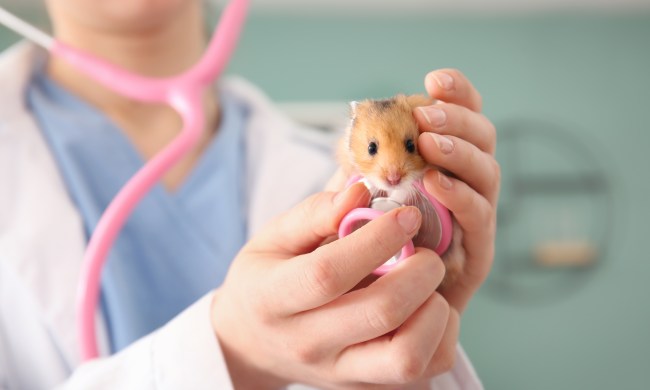If you’ve been wondering, “What do snakes eat?” look no further. One great way to give proper care for your pet snake is to make sure you feed them exclusive carnivore meat. But the type of meat and the frequency of feedings varies by species. You’ll want to be sure you’re feeding your snake the right things based on his individual needs.
Different types of snakes require specific types of meat, so you’ll want to be sure that your feeding your slithery guy accordingly. Keep reading to find out more about the topic of pet snake food.
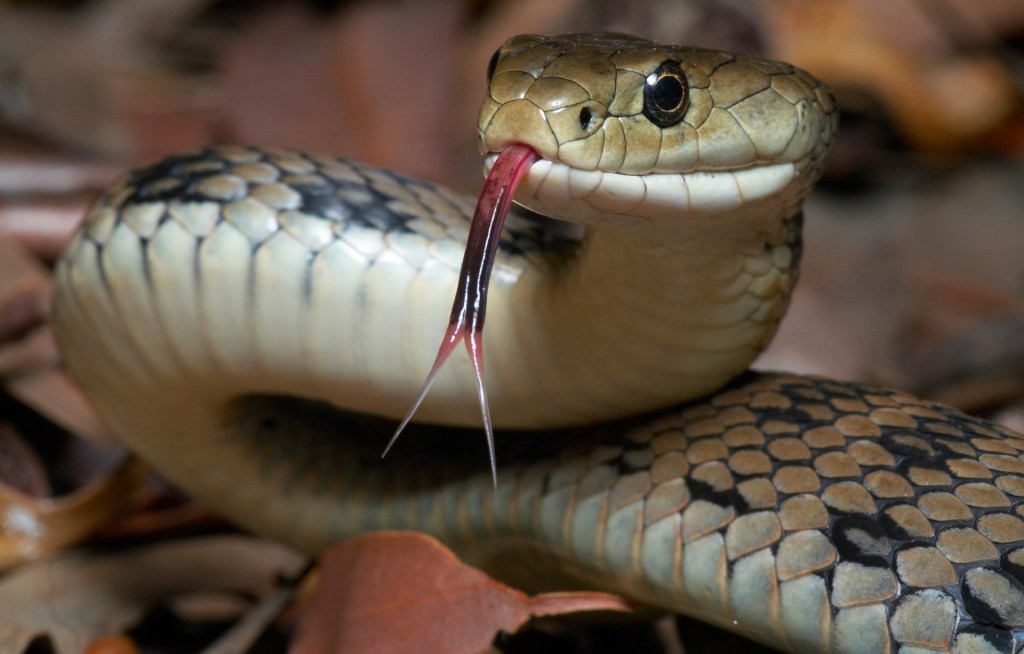
What can you feed a pet snake?
Rodents are a popular option
While different snake species have different diets, typically, snakes in captivity are fed mice or rats. They may be live, freshly killed, or frozen. Rodents are a popular choice for snake food as they serve as a balanced, nutritionally complete meal. Many snake experts recommend that you feed snakes only dead rodents to prevent injury to handlers or the snake. Also, frozen rodents should be thawed prior to feeding.
There are other alternatives if your snake’s species aren’t rodent eaters
Some species of snakes do not eat rodents, however. They might eat any of the following:
- Fish
- Snails
- Eggs
- Insects
- Commercially available snake food, shaped like a sausage, that is made of meat from more traditional farm animals
Before buying a snake, be sure you know its nutritional requirements and whether they eat live or frozen food, and if they eat rodents. Most foods are usually kept in the fridge to prevent spoiling, although frozen mice should stay frozen until right before consumption.
Costs for snake food
The price of feeding a snake has a large range, with exact values depending on the type of snake you own. If your snake eats mice, they range in price from 20 cents to $2 each. Frozen mice can be bought in bulk to save some money. The larger the snake, the more their food will cost, since they have to consume larger rodents. Snakes that eat food other than rodents sometimes cost more to keep, since their food is not as widely available. Sausage-shaped snake food, which can only be fed to some snakes, costs about $1 each. Insects like crickets, which are usually given to snakes as treats, can be bought for pennies.
Feeding frequency
Again, the frequency of snake feedings is dependent on the species of snake you own, what its diet consists of, and other factors.
- Age: Younger snakes eat more than adult snakes. If fed rodents, a young snake will eat about twice a week on average, while most adults eat once every other week.
- Gender: Female snakes tend to eat more around breeding season.
- Environmental changes: Changes in a snake’s hunger level occur in response to changes in their environment, such as temperature or humidity.
Any snake’s hunger level can be gauged by offering them food — if they eat it, they were hungry, and if not, they were not hungry. Be sure your pet snake is receiving the right amount of food at each serving. Smaller snakes, like corn snakes, do fine with baby mice, but a boa should be fed larger mice.
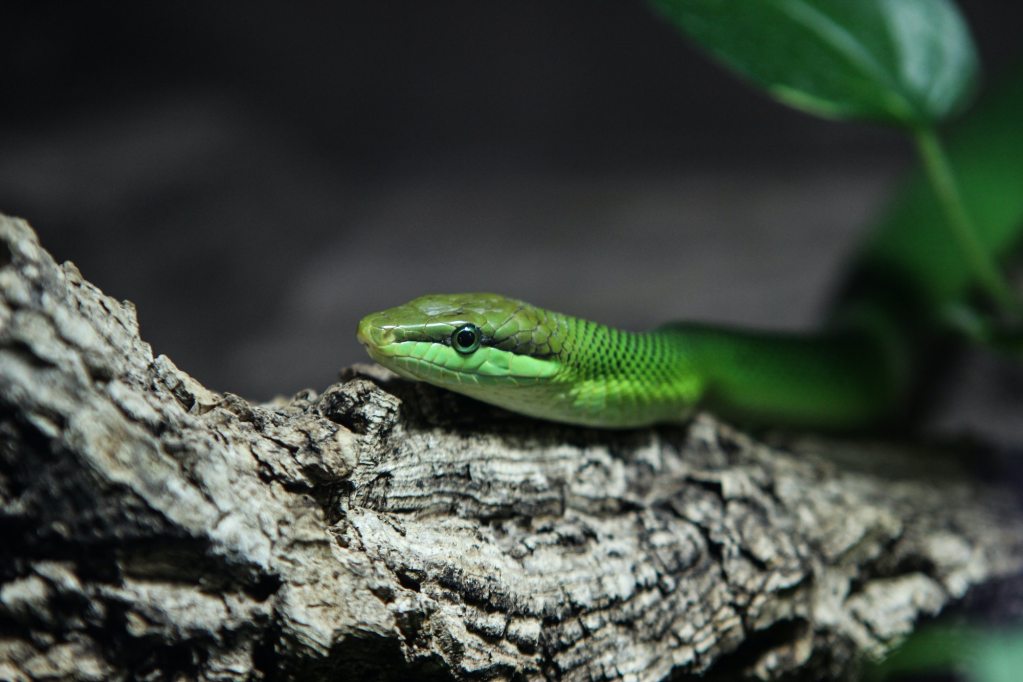
How to feed a snake
As nice as your snake’s habitat is, you probably don’t want to stick your hand into a hungry snake’s enclosure. Here are some do’s and don’ts when feeding your snake:
- Drop or place the food in their cage with a pair of tongs.
- If you have multiple snakes, they should be fed separately so that no fighting over food occurs.
- After feeding, give your snake some time to digest their food before handling them.
- You should remove any uneaten food in a snake’s enclosure after it has been there for four hours.
- Besides food, snakes should always have access to a clean water dish, which should be changed at least daily. This water dish should be shallow and large enough for them to submerge themselves in.
- If your snake defecates in its water bowl, change the water and thoroughly clean the water dish.
What not to feed snakes
Again, snakes should not receive live rodents as food. Live rodents can scratch or bite you or your snake, which can cause injury or even death to the snake. Do not feed eggs, fish, insects, or other foods to snakes that do not have those items in their diet in the wild. Also, be sure to stick to a feeding schedule so that your snake doesn’t overeat. Overeating can cause obesity, which is especially dangerous to snakes as it can lead to a number of serious health conditions.
Snakes are entertaining pets to have and sometimes hold. They range from docile and safe to aggressive and venomous, and they vary widely in length, but something most snakes have in common is that they eat rodents. A balanced diet is important for maintaining your snake’s health. Be sure to ask your veterinarian if you have further questions about what to feed your snake.
